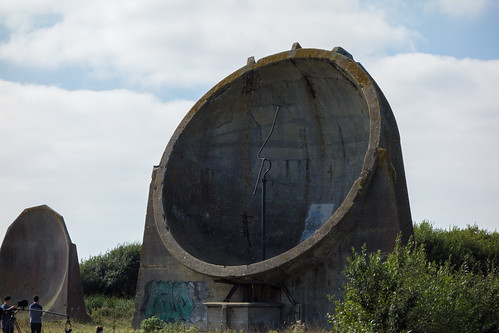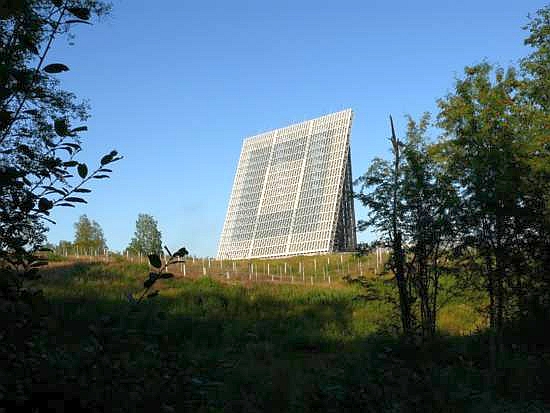South Africa is one of the a few countries in the world to have successfully developed a passive radar system, capable of detecting both large and small aircraft using only a signal receiver.
At last week’s Aardvark Roost Electronic Warfare Conference held outside Pretoria, Francois Maasdorp, an engineer at the Council for Scientific and Industrial Research (CSIR), told delegates that with passive radar one only needs a receiver to detect signals emitted by other sources, such as FM radio towers, TV transmitters, WiFi and weather radar.

This makes passive radar (also known as passive coherent location, passive bistatic radar, piggyback radar and covert radar) cost effective, highly mobile and covert. By using several antennas one can use triangulation to identify the location of an aircraft, or by using a single receiver one can use the angle of arrival of the signal to determine a target’s location.



